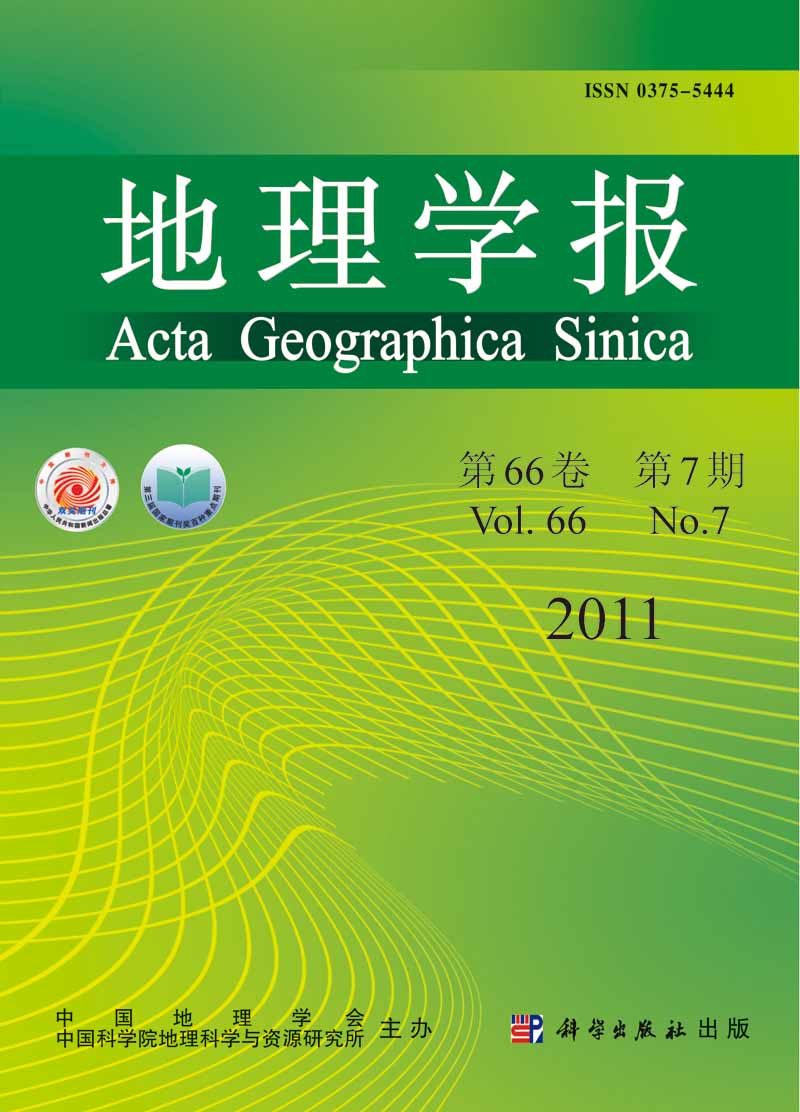LI Zhengguo, TANG Huajun, YANG Peng, ZHOU Qingbo, WUWenbin, ZOU Jinqiu, ZHANG Li, CHANG Hsiaofei
In this study, by using the SPOT/VGT NDVI ten-day composed time-series data, observed crop phenophases and climate data collected from 1998 to 2010, we investigate the responses of cropland phenophases to agricultural thermal resources change in Northeast China. Firstly, the seasonality parameters, such as the start date, the end date, the peak date and length of the growing season, were extracted from the smoothed NVDI time-series dataset and showed a close correlation with the observed crop phenophases; Secondly, the spatio-temporal trends of the major agricultural thermal resources in Northeast China were illustrated and analyzed over the past 20 years; Thirdly, we focus on the responses of cropland phenophases to agricultural thermal resources change. The results show that the start date of growing season has a significant positive correlation with the first date of the temperature ≥ 10 oC (P < 0.01), especially in the northern part of Songnen Plain, eastern part of Sanjiang Plain and central-eastern part of Jilin Province. As for extracted length of growing season and observed days of growing period, significant correlations can be found in the same regions. However, notability check shows that there are no significant correlations between the end date and the first frost date in the study area. Opposite correlations are observed between the length of growing season and the accumulated temperature ≥10 oC. In the northern part of Songnen Plain, eastern part of Sanjiang Plain and central part of Jilin and Liaoning provinces, positive correlation coefficients are higher than the critical value of the level of 0.05, while negative correlation coefficients reach the level of 0.55 in central-southern part of Heilongjiang Province and some parts of Sanjiang Plain.
